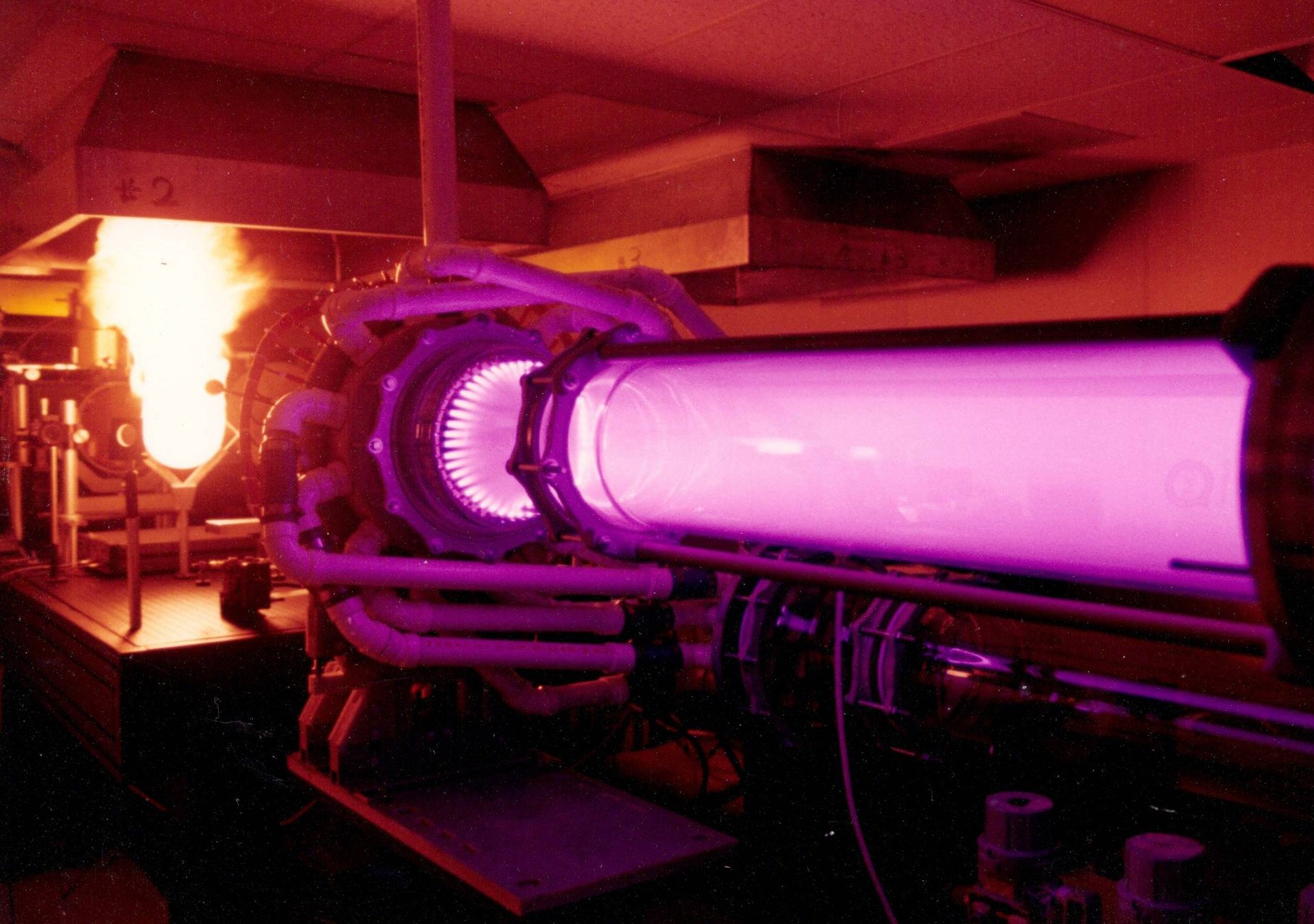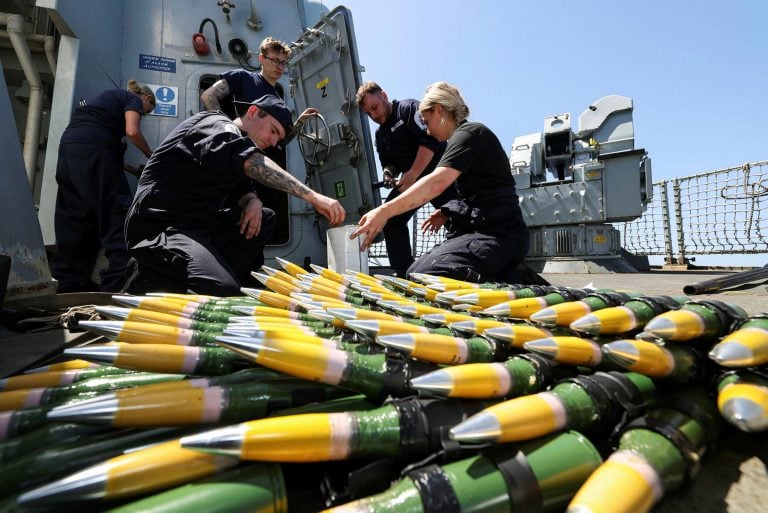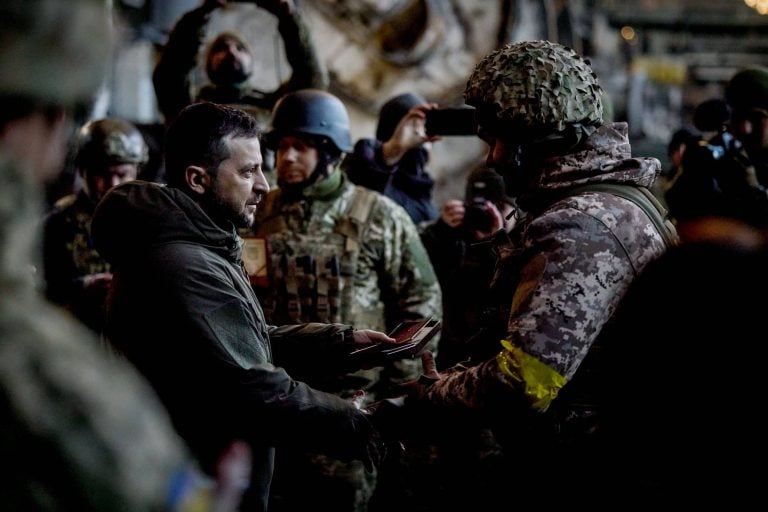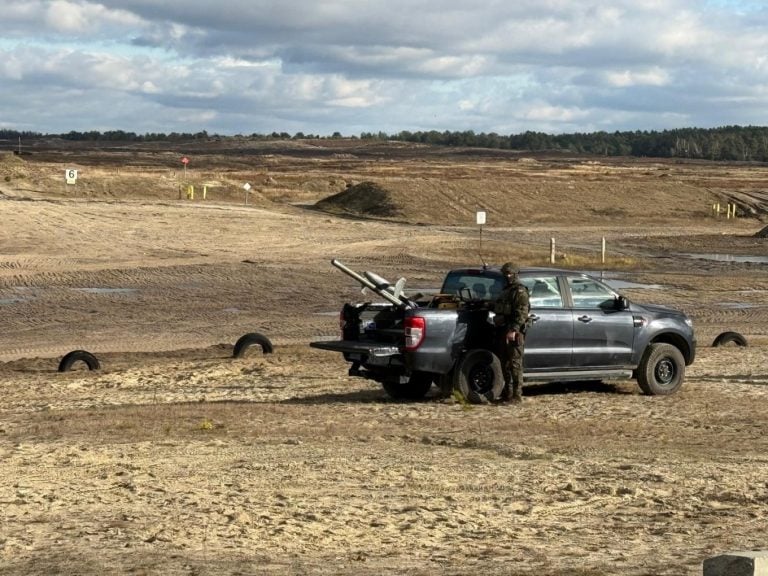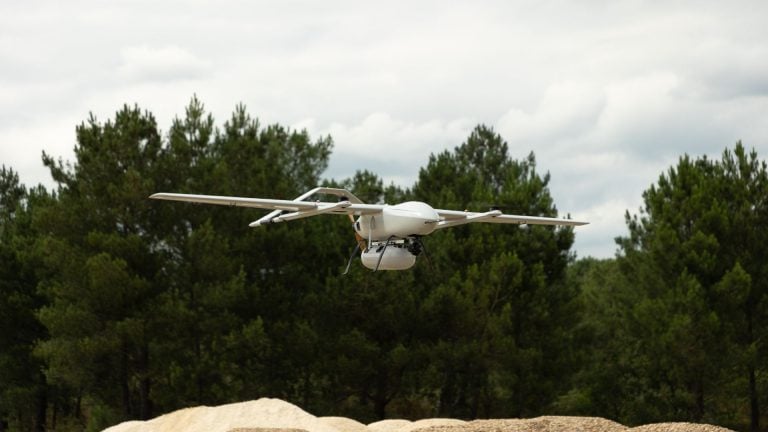AeroVironment has secured a substantial $499 million contract with the US Air Force Research Laboratory (AFRL) aimed at developing technologies designed to protect troops and military equipment from harmful electromagnetic radiation. This decade-long agreement forms part of the High-Performance Electromagnetic Spectrum Survivable Materials Advancement, known as the HELMSSMAN program, and represents a significant investment in bolstering US military defenses in scenarios where electronic signals could jeopardize operational equipment.
Under this contract, AeroVironment has been awarded two task orders worth a total of $246 million. The first task order, amounting to $98 million, is dedicated to creating protective systems that safeguard soldiers’ vision against electromagnetic interference, ensuring that safety and performance are not compromised in the process. The second task order, valued at $148 million, is focused on examining the impact of electromagnetic sources on various military assets, including weapons, sensors, and vehicles. This initiative aims to develop innovative materials and testing methodologies to mitigate vulnerabilities, thereby enhancing mission effectiveness on increasingly complex battlefields.
Research and development efforts will commence this month, with activities coordinated through the company’s Advanced R&D team based in Dayton, Ohio. This specialized unit is known for its development of smart solutions designed to adapt to dynamic environments, ensuring comprehensive protection for warfighters, both land and air platforms, as well as essential infrastructure against electronic and energy-based threats.
AeroVironment emphasized that this recent award builds upon past collaborations with the Air Force, which included explorations into laser-hardened materials and cutting-edge electronic, optical, and quantum systems intended for intelligence gathering and electronic warfare. John Hogan, AeroVironment’s vice president of Advanced R&D, expressed pride in the ongoing partnership with the Air Force, stating, “This contract complements and continues our research and development work in material development with AFRL. We are honored to be a trusted partner in this effort.”
The implications of this contract could mark a significant step forward in enhancing the resilience of US military capabilities in environments increasingly saturated with electronic threats, reflecting a strategic commitment to advancing national defense technology.
